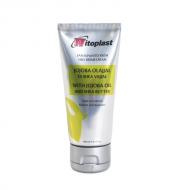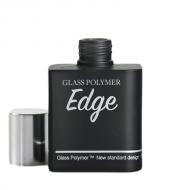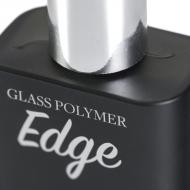Polyethylene terephthalate
Polyethylene terephthalate – a popular plastic characterized with high endurance, ductility and perfect machinability. PET is light and resistant to cracking, so the objects made of it are very practical.
Thanks to these qualities, PET is used very broadly. It is used for the production of packaging, dishes and elements of electrical appliances. It also serves for the production of fibres from which the popular polartec - fleece is made. This material is very often used for the production of bottles, e.g. for water, carbonated drinks, juices, eatable oils, but also for various types of cleaning agents.
The most important advantage of PET material is the discretion in its forming, which enables the production of every shape of packaging (e.g. original bottle or jar). Polyethylene terephthalate gives one also a free choice when it comes to dyeing and it is highly transparent.
PET is characterized also by: big hardness and rigidity, high chemical resistance, low water absorptiveness, high mechanical and heat durability, resistance to atmospheric factors and corrosion. Another important thing is the fact that PET has high impact resistance and stability of shapes, good sliding features and that is has a foodstuff quality.
Polyethylene terephthalate was used for the first time in 1941 by British Calico Printers (for the production of synthetic fibres). In the middle of 1960s, it started to be used for the production of foils (photography, video tapes, plates, X-ray pictures, packaging), and in 1970s the production of bottles was started.
PET material can be identified by the fact that it burns with sooty flame, but it does not have a characteristic smell of hyacinth. It does not dissolve in typical dissolvents.











